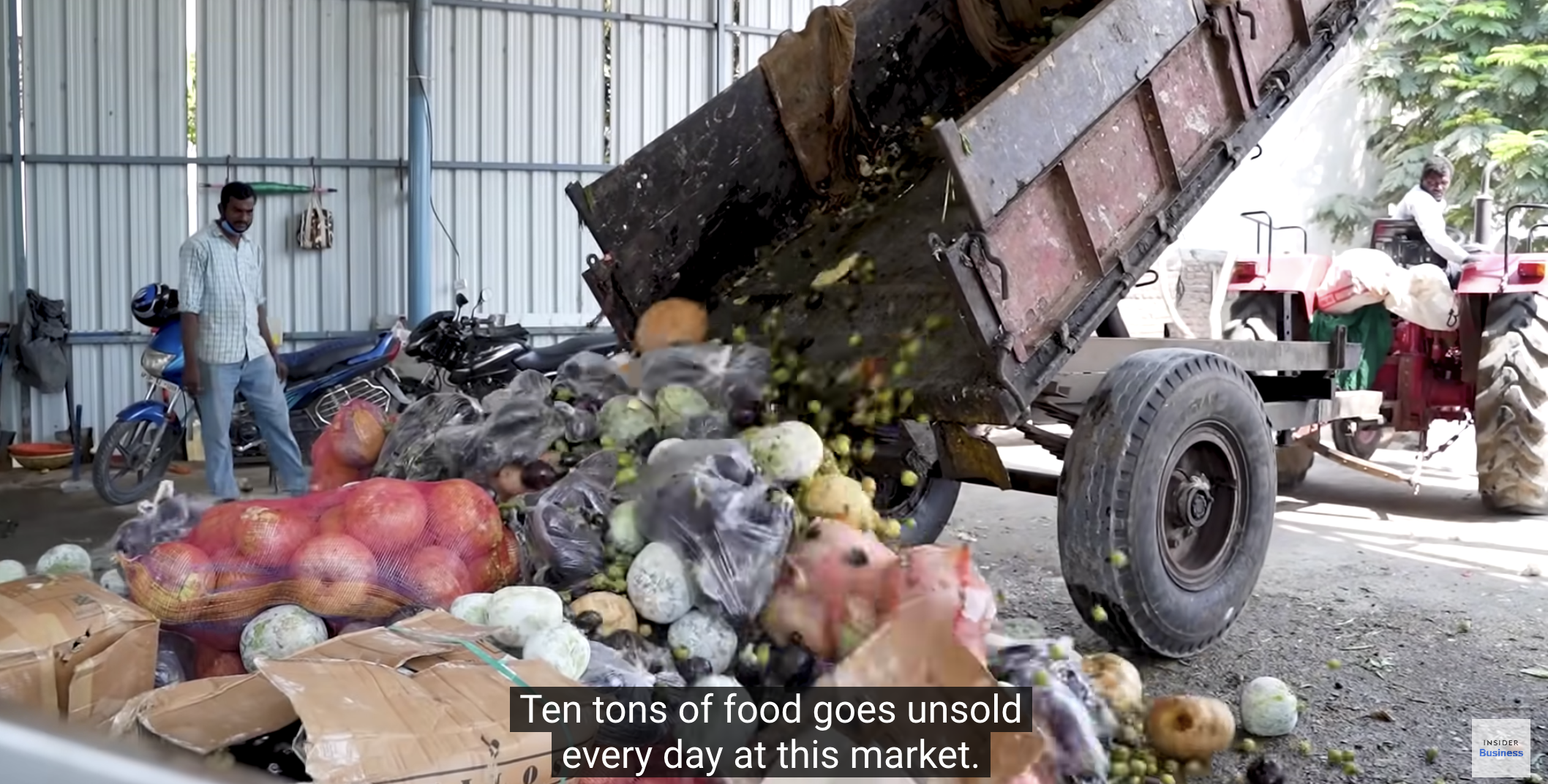Environment: Australias energy transition pathways a shambles
July 15, 2023
Australias energy transition pathways are piecemeal and incoherent and inconsistent with achieving the 1.5oC goal. Eliminating fluorocarbons helps the climate and the ozone layer. No future for CCS in the steel industry.
Australias shambolic national energy pathways
Australias current climate change commitments, targets and policies include:
- A commitment to limit global warming to 1.5oC
- Net zero CO2 emissions by 2050
- 43% CO2 emissions reduction compared with 2005 by 2030
- 82% renewable energy by 2030
- Tightening the Safeguard Mechanism to progressively reduce the emissions cap of Australias biggest emitters.
However, the government has not stated how it intends to achieve the 43% emissions reduction by 2030.
An analysis by IEEFA (Institute for Energy Economics and Financial Analysis) has demonstrated that the governments climate objectives contradict each other and that the targets are inconsistent with achieving the 1.5oC goal. IEEFA considers Australias climate change programs to be piecemeal and lacking a coherent, unified plan, leading to confusion and discrepancies in the advice and decisions of the government departments and agencies. In summary, the left hand of government does not know what the right hand is doing.
The analysis indicates that for Australia to contribute its fair share to keeping global warming under 1.5oC, we would need to reduce our emissions by about 70% by 2030 compared with 2005 and reach net zero by 2035-2038.
IEEFA recommends:
- Better organisation of not just the supply side of the electricity system but also the demand side. Improving energy efficiency and the electrification of buildings could avoid the development of unnecessary coal and gas fields for domestic use, with the added benefits of reducing household bills, improving health outcomes and creating more jobs.
- Increasing Distributed Energy Resources (e.g. household solar and storage) to change the shape of electricity markets and networks.
- The development of comprehensive, integrated (across fuel types, sectors and solutions), internally consistent national energy pathways and timelines to guide government policy and planning and private investment.
- Ensure that new gas export markets do not impede the domestic energy transition.
Hydrofluorocarbons, climate and health
Several decades ago chlorofluorocarbons (CFCs) were widely used in refrigeration and air-conditioning units, aerosols to treat asthma and foam insulation. Unfortunately, they also started destroying the ozone layer which is critical for reducing the amount of UV light reaching Earths surface. Without it, its unlikely there would be any life on Earth and one outcome of just a thinner layer is more eye problems and cases of skin cancer.
Although the effect of CFCs on the ozone layer was well recognised, it wasnt until a large hole was discovered in the ozone layer over Antarctica in the mid-1980s that anyone beyond scientists was even aware of the problem, let alone took it seriously. The signing of the Montreal Protocol in 1987 and its success in all but eliminating the use of CFCs (and many other ozone depleting substances) has led to a slow recovery (about 1% per year) of the ozone layer. Its so slow because CFCs have a long half-life in the atmosphere. This presents another problem: CFCs are also greenhouses gases with an effect about 5,000 times stronger than CO2. Nonetheless, the rapid development and implementation of the Montreal Protocol is widely seen as one of the great environmental success stories based on international cooperation.
Hydrofluorocarbons (HFCs) were introduced as non-ozone depleting alternatives to CFCs and about 90% of their current use is in refrigerators and air-conditioners. Unfortunately, like CFCs, they are also greenhouse gases, although with only about 1,500 times the effect of CO2. Recognising this problem, many nations signed the Kigali Amendment to the Montreal Protocol in 2016 to phase out the use of HFCs and replace them with a range of ozone- and climate-friendly alternatives. Implementation started only in 2019, however, and complete phase-out will be slow as many cooling units have a 20-30 year lifespan.
As the author of an article in the New England Journal of Medicine asserts, however, cooling is not a luxury. It is necessary for buildings, food and vaccines, particularly in tropical countries, and will become even more so as global warming increases and more people move into cities and experience the urban heat island effect. Domestic air conditioning and refrigeration will also become more sought after and more affordable as affluence increases in developing countries. The proportion of households with an air-conditioner globally is expected to double from one-third to two-thirds in the next 25 years.
During the slow transition away from HFCs, what else can be done to reduce the greenhouse gas emissions of air-conditioners and fridges? Two significant contributions would be: 1) improving the efficiency of cooling units regardless of their refrigerant so that they require less power, particularly while coal-fired power stations dominate a nations electricity supply, and 2) avoid companies dumping units that are low efficiency and/or contain HFCs in low income countries as higher income countries introduce stricter standards. Theres not much that can be done about the already-in-use HFC coolers apart from reducing the reliance of a nations power network on fossil fuels.
The gains to be made from climate-friendly cooling are quite significant. A complete phase-out of HFCs would lower the temperature by 0.3-0.5oC in 2100 and this could be doubled with more efficient air-conditioners and fridges.
The other important use of HFCs is as the propellant in asthma inhalers. One use of an inhaler produces about the same amount of GHG as driving 300km in a small family car. Inhalers with green propellants are already being introduced but are not yet in use universally.
Steels emissions can be rapidly abated
There is a widely held belief that the steel industry will be one of the hardest and slowest to decarbonise but a new report casts doubt on this, finding that:
- It is technically feasible to phase-out coal from steelmaking and create a net zero steel sector by the 2040s;
- The important levers for this transition are material efficiency, an increase in scrap-based steelmaking, direct reduced iron (DRI) steelmaking using hydrogen-based technology, and bioenergy carbon capture and storage (BECCS);
- DRI plant construction needs to be massively scaled up;
- Carbon capture and storage (CCS) in coal-based blast furnaces will not play an important role in the transformation. OMG, say it aint so, Joe;
- International coordination between governments and industry will be essential.
Electricity from rotting vegetables

This engaging 5-minute video tells the story of a market in India turning its considerable quantities of wasted fruit and vegetables into biogas which is then burnt to produce electricity. Additional benefits are that biogas is cleaner to burn than fossil fuels, the amount of rubbish sent to landfill is decreased, methane emissions are reduced and the nutrient-rich residue left after burning can be returned to the fields as fertiliser.
By way of background, when plant matter is decomposed by bacteria in the absence of oxygen, it produces biogas which mainly consists of CO2 and methane (CH4). When this occurs in an uncontrolled setting, for instance most landfill sites, the CO2 and methane are released into the atmosphere. Both are, of course, greenhouse gases.
Thinking first about the CO2 produced at a landfill, as the plant matter consists of fruits, vegetables and the remains of their original plants, the CO2 has recently been absorbed by the plant from the atmosphere for photosynthesis and so releasing it back into the atmosphere does not materially add to global warming.
Releasing methane into the atmosphere at a landfill is not so benign, of course, because it has a much stronger warming effect than CO2. If, however, the methane can be captured, as in the video, it can be burnt to generate usable energy. The methane is then converted to CO2 and water.
Every year around the world, during the whole production process from farm to plate an awful lot of uneaten food is consigned to landfill. It seems unlikely for several reasons that using it to produce biogas is ever going to be a major part of the transition to clean, renewable energy. Theres no doubt, however, that biogas generated from waste food can provide some local solutions to some local problems.
International iron ore trade simple as ABC
While steel is an essential element of modern societies around the world, its interesting to see that the global export-import business for iron ore revolves around three countries. Australia (53%) and Brazil (22%) dominate the export market and China (69%) swamps everyone else when it comes to imports.


